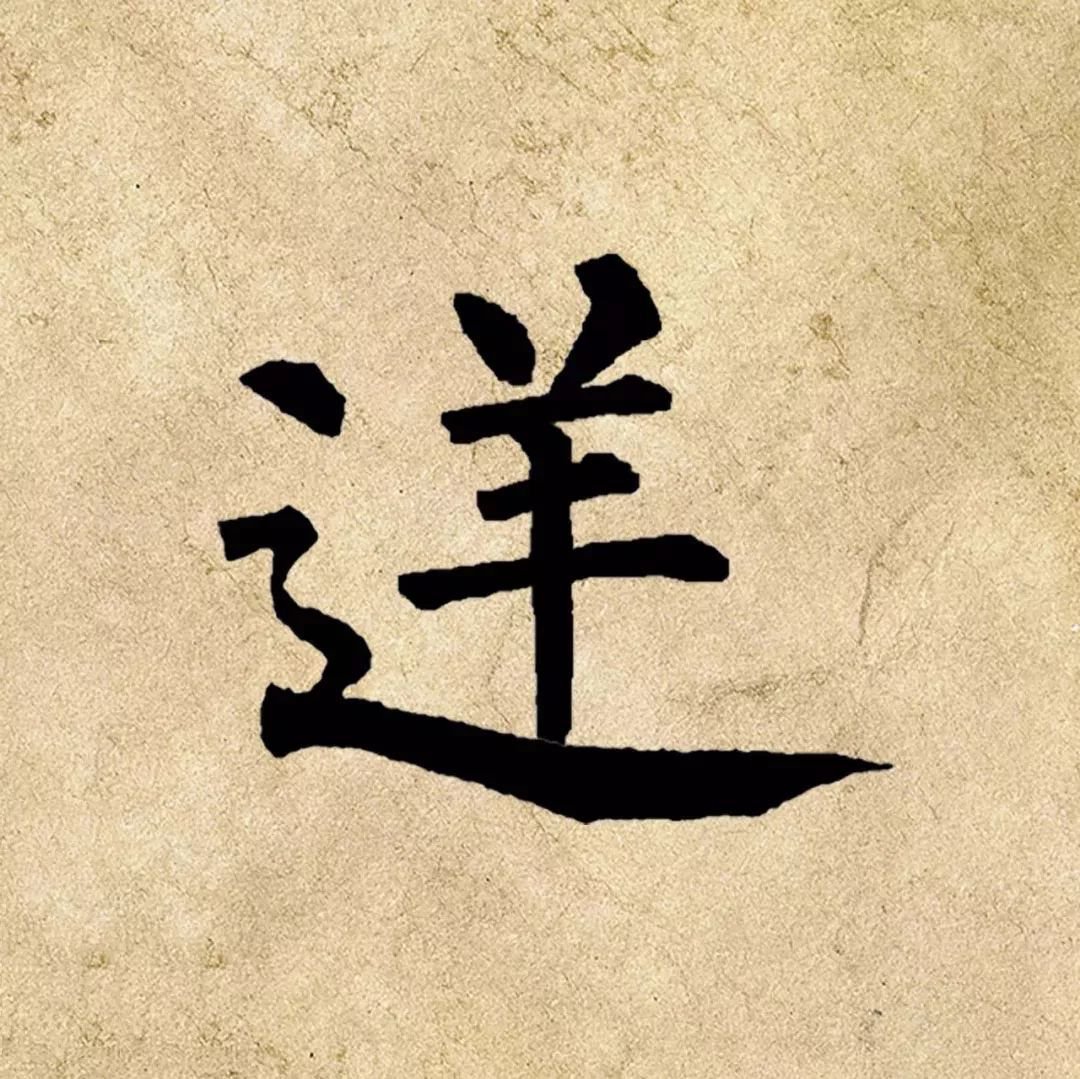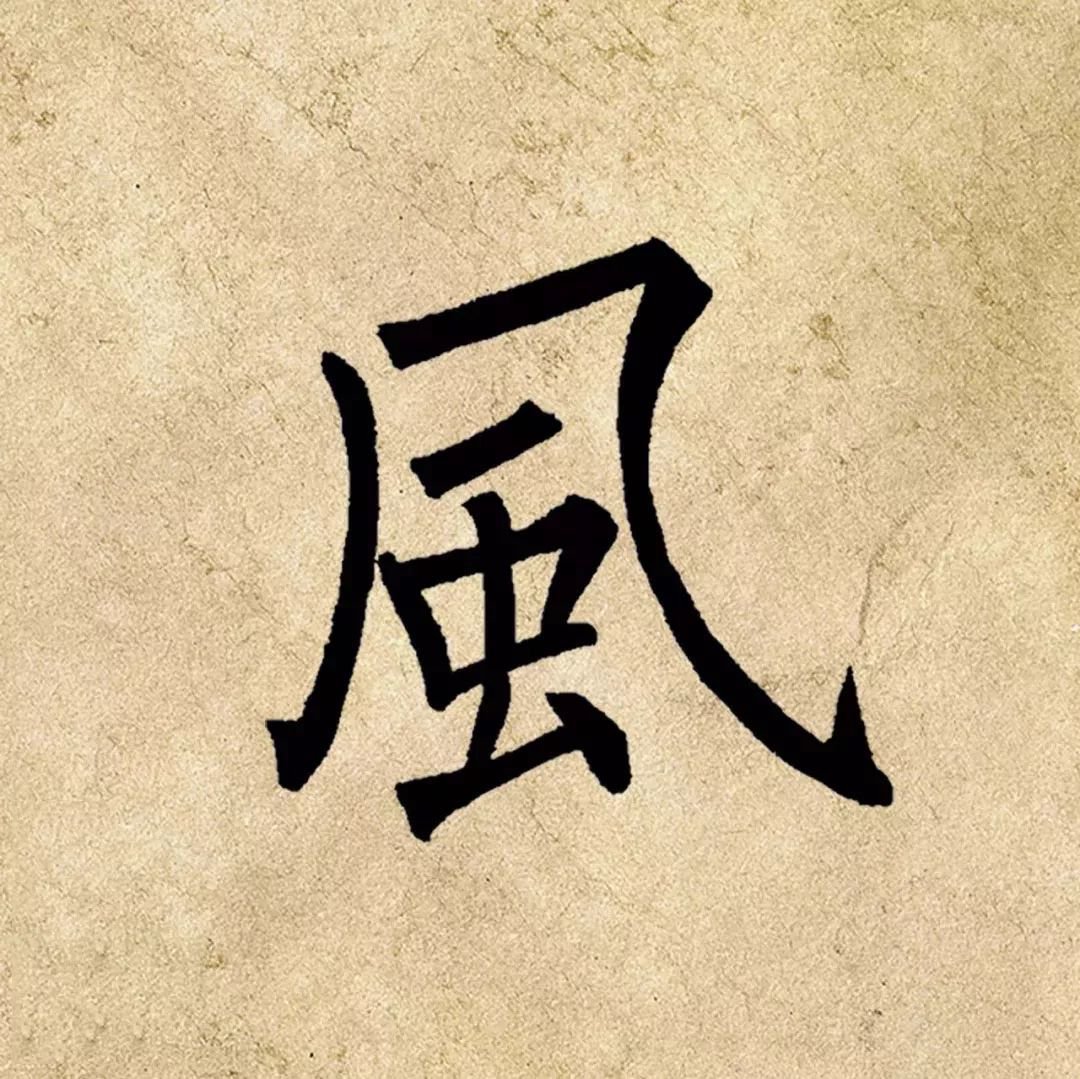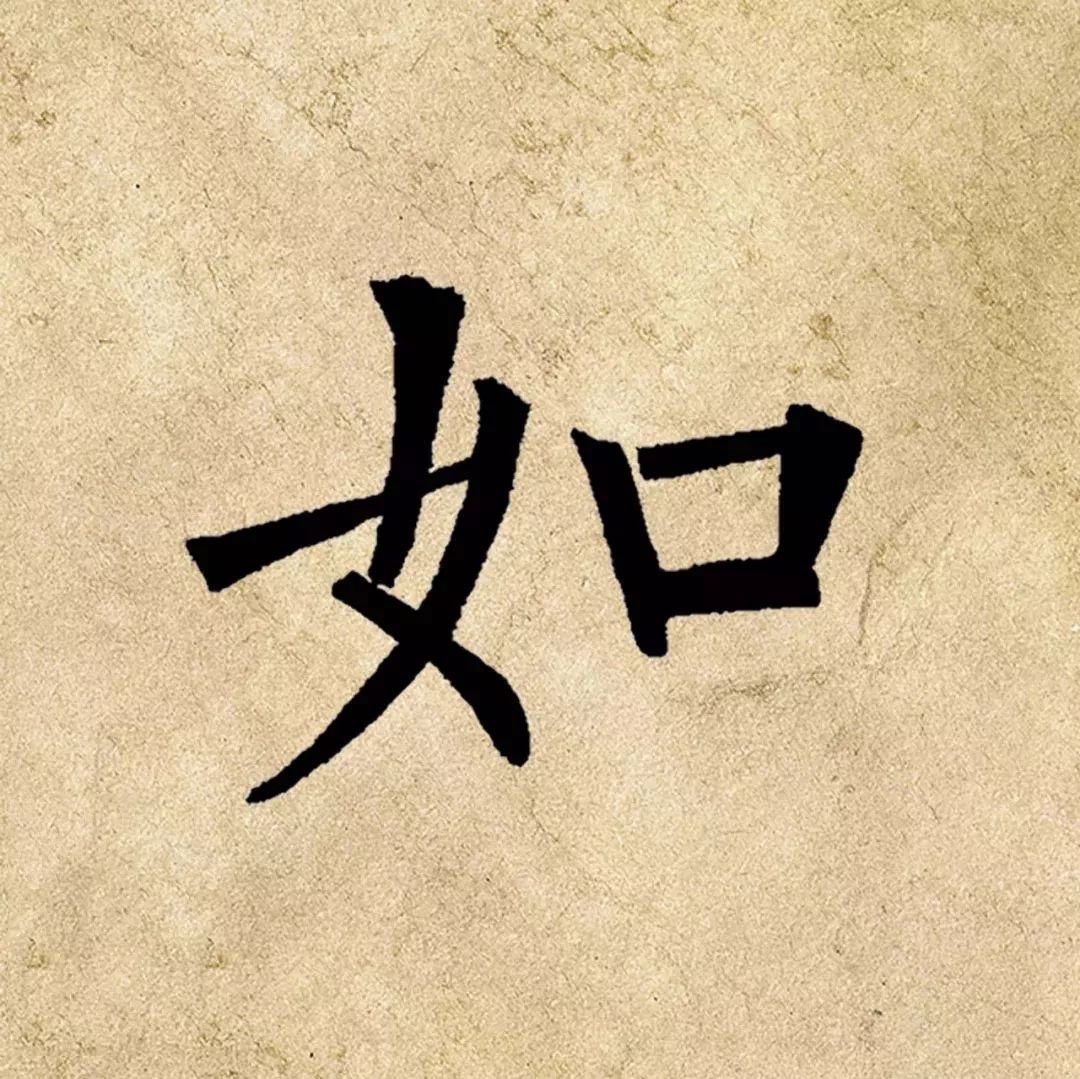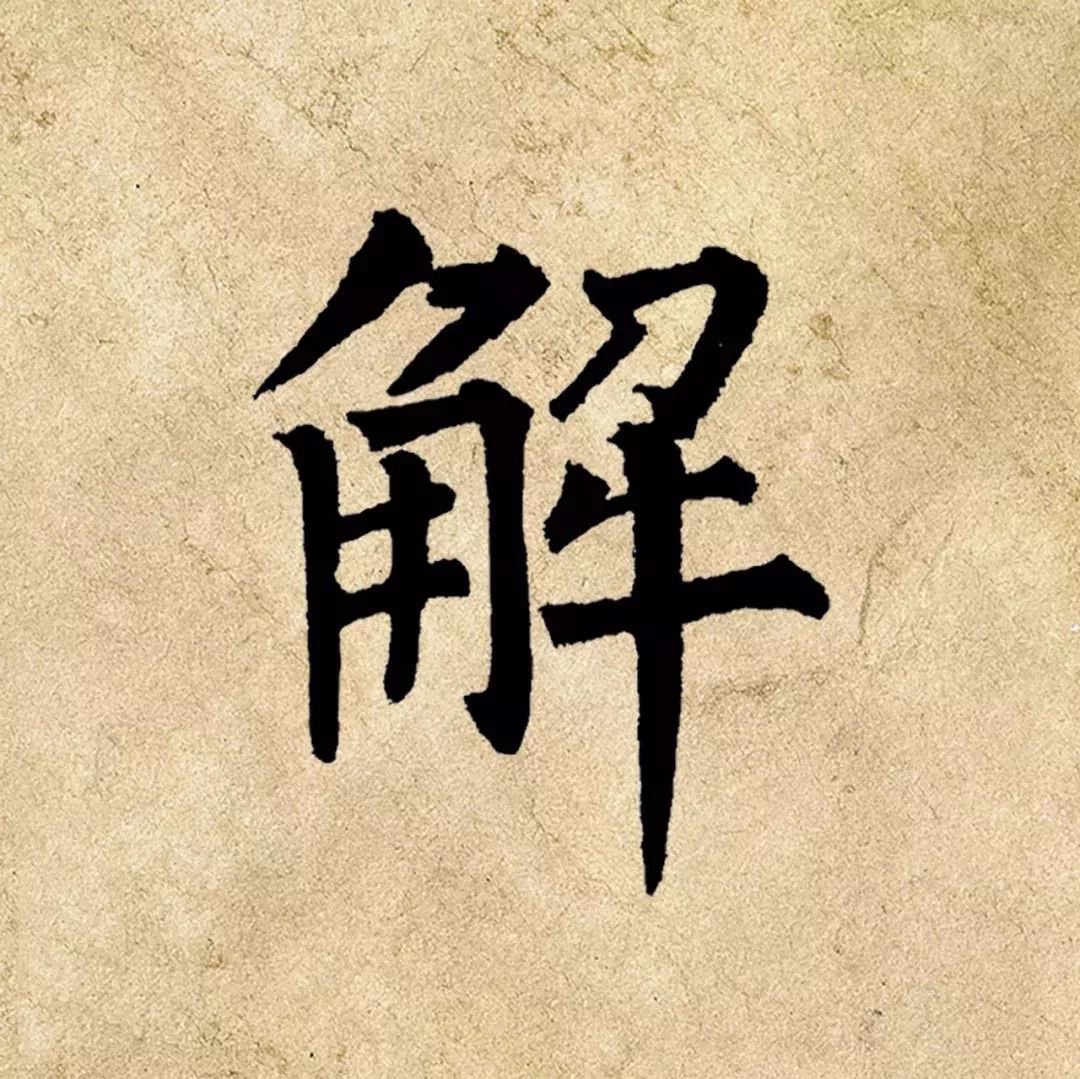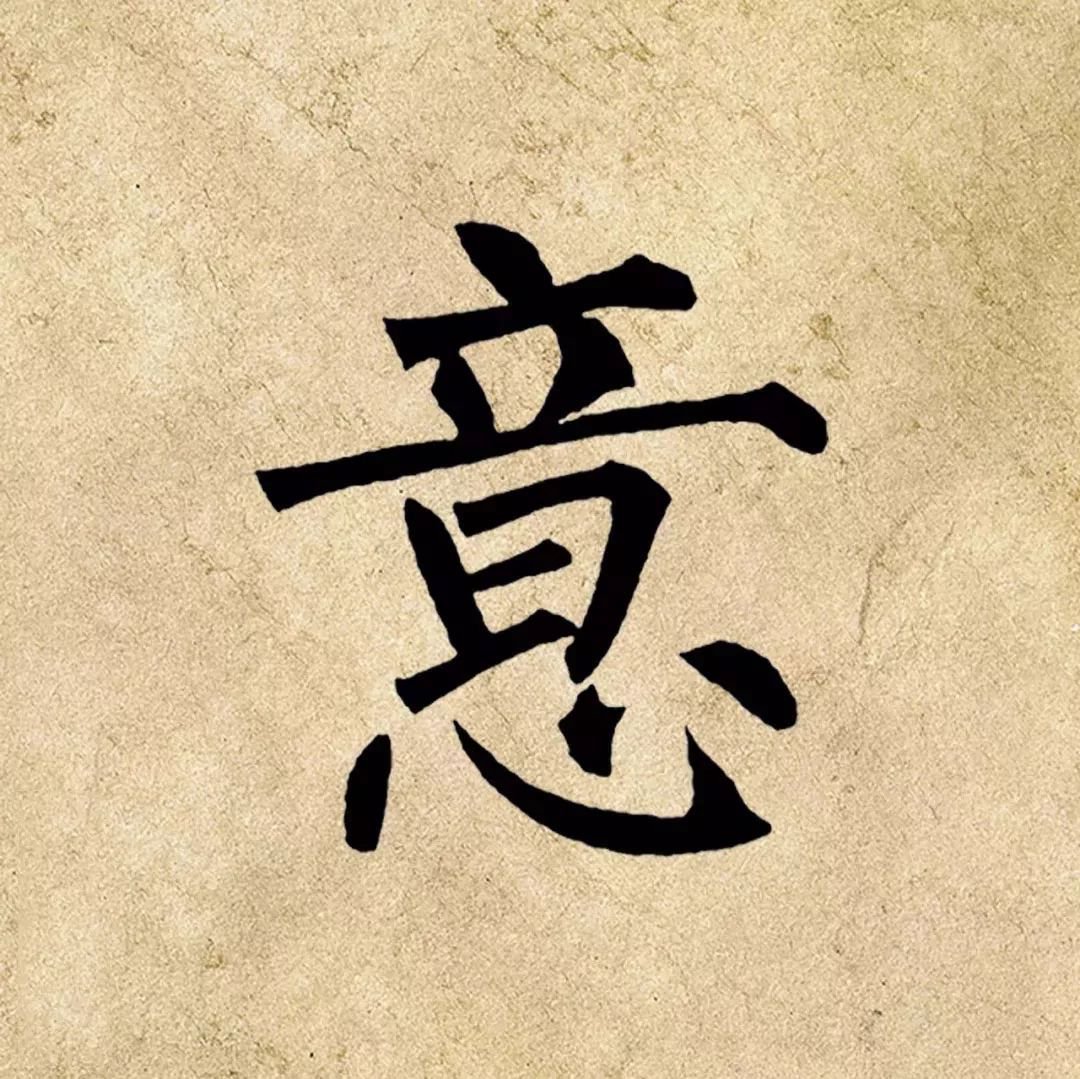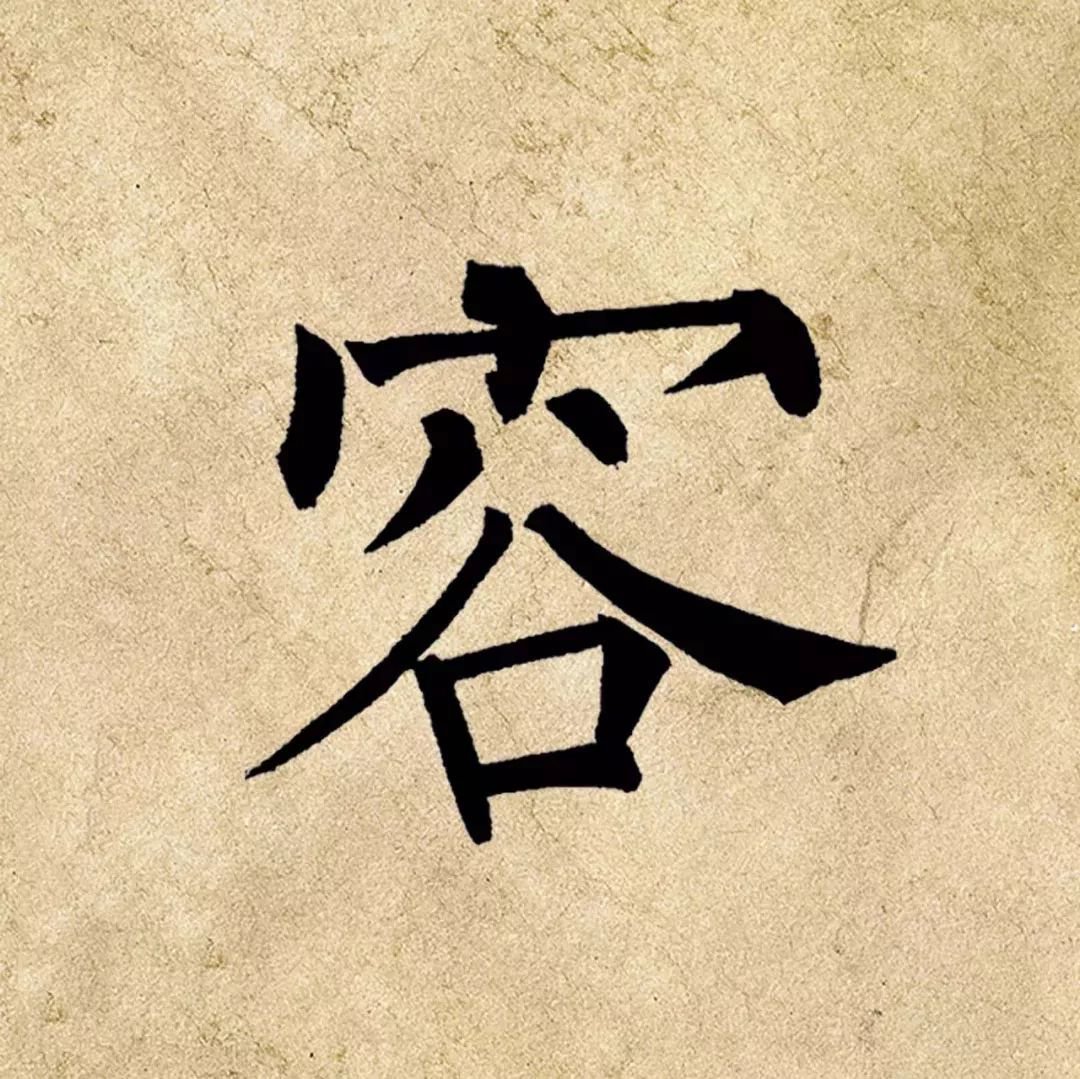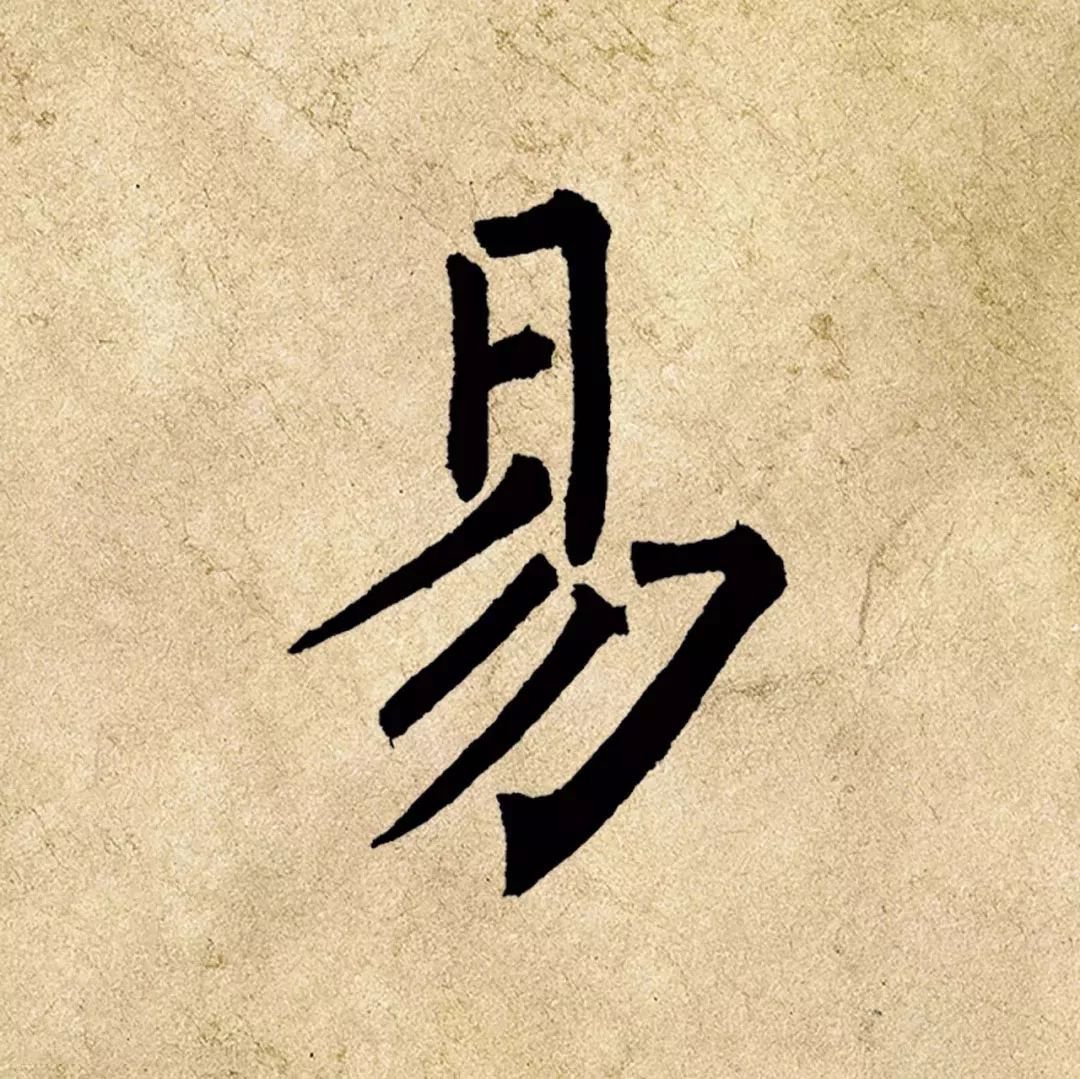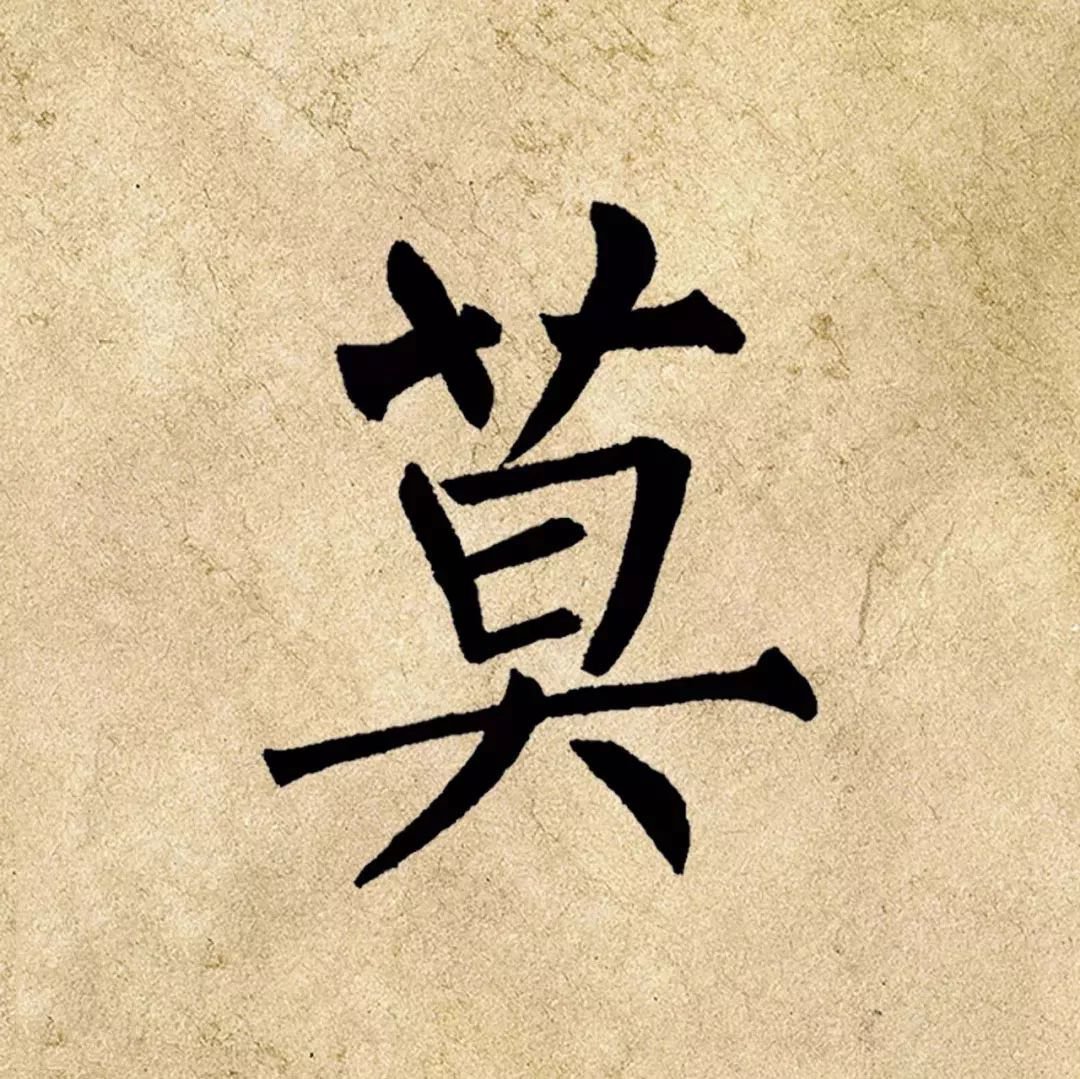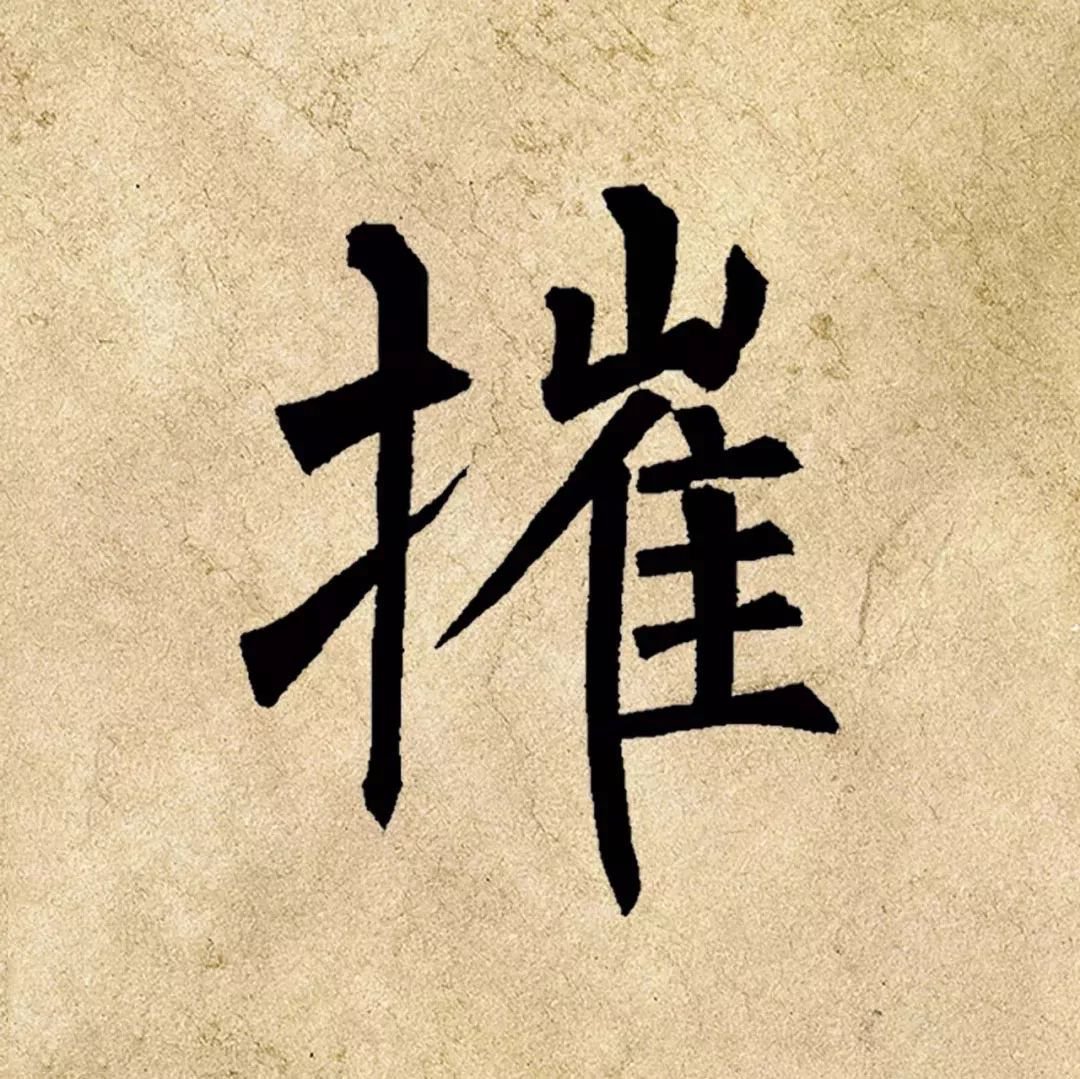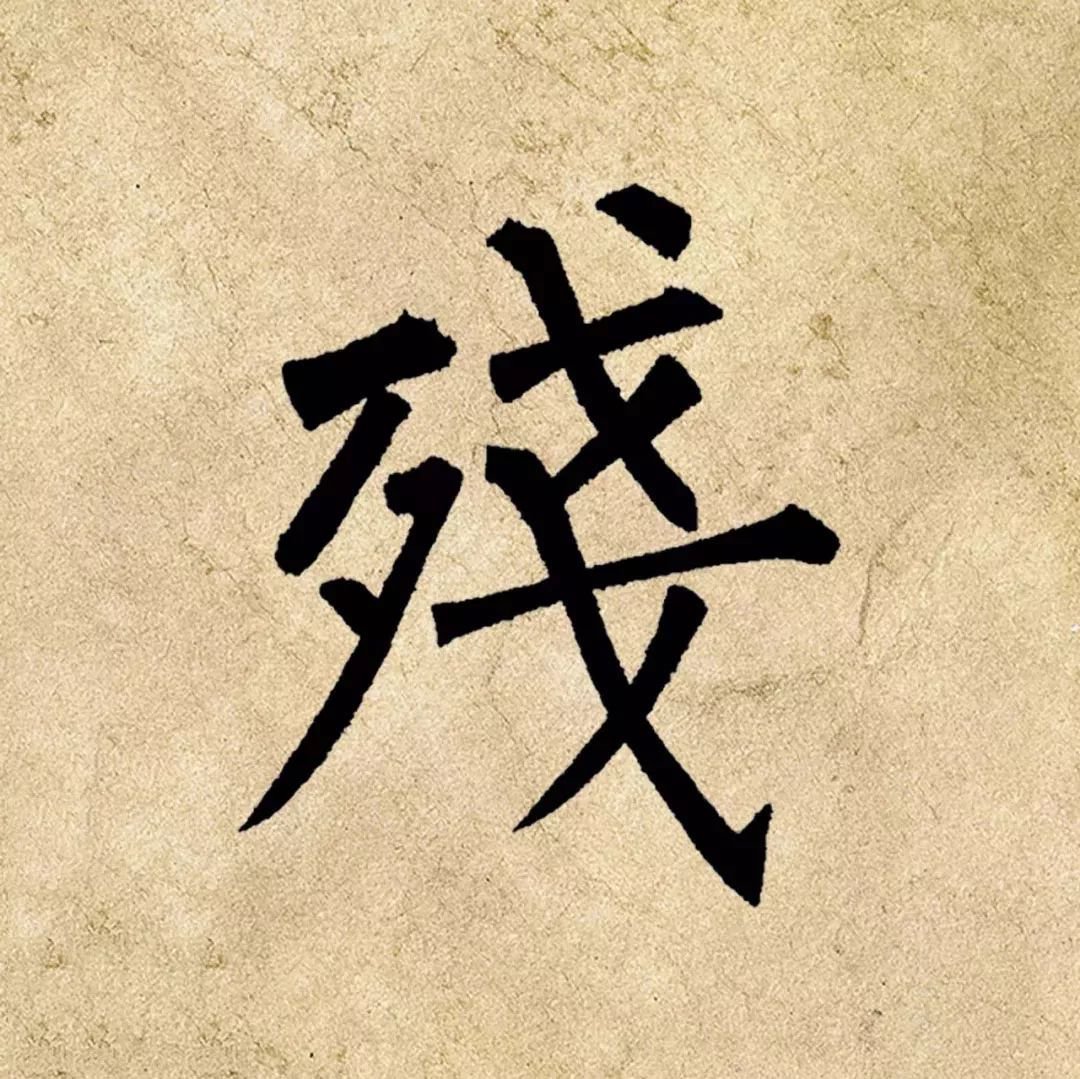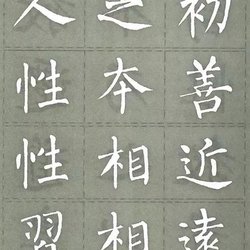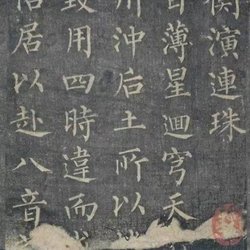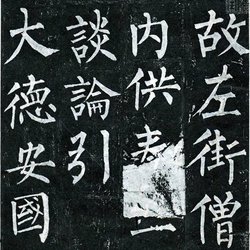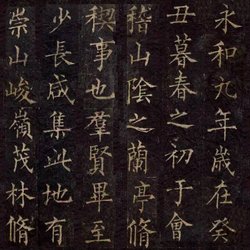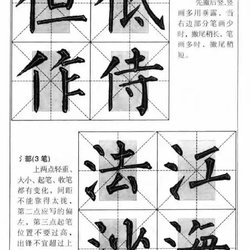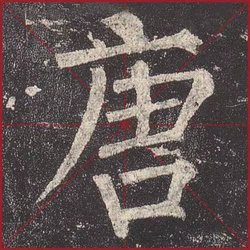Plum blossom is one of the top ten famous flowers in China. Together with orchid, bamboo and chrysanthemum, it is listed as the Four Gentlemen. Together with pine and bamboo, it is also known as the "Three Friends of Suihan".
The plum blossom blooms before hundreds of flowers, and spring comes when the world is alone. In traditional Chinese culture, it has always had a noble, strong, and humble character, which inspires people to be determined and work hard. Appreciating plum blossoms was a favorite of ancient literati. The ancients also came up with strategies for appreciating plum blossoms: Fan Cheng of the Song Dynasty wrote "Plum Plum Blossoms", Zhang Gongfu wrote "Plum Plum Blossoms", and Lin Hejing simply wrote "Plum Plum Wife and Crane Son"... This is all true love!
Appreciate its rhyme, admire its spirit, praise its bones, and hurt its withering... No wonder there are so many plum blossom poems about loving and cherishing the plum blossoms from ancient times to the present!
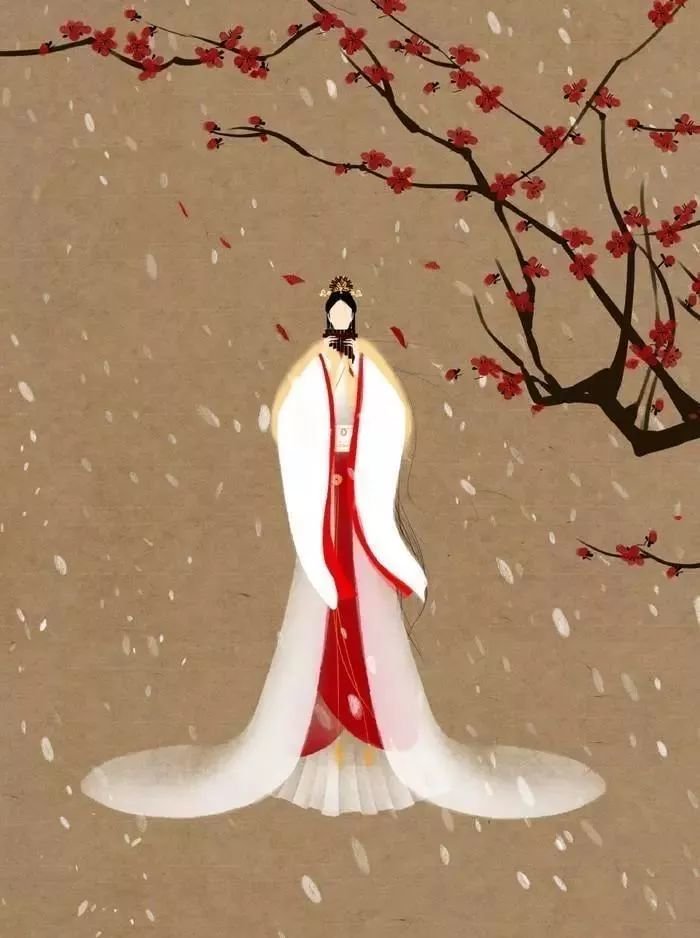
"plum bossom"
【Cui Daorong of Tang Dynasty】
The calyx contains snow at the beginning, so it is difficult to mark the painting alone.
There is a unique charm in the fragrance, and it is extremely clear and does not know the cold.
Listen to the flute and worry about it, lean on the leaning branch to see the disease.
The adverse (Shuo) wind is like Jie Yi, it is easy to destroy.
The plum blossoms are in bloom for the first time, and there is still white snow in the calyx; the beautiful and aloof figure, even if you want to put it into the painting, you will worry about the difficulty of painting it vividly. The floral fragrance has a unique charm, and its elegance can make people forget the coldness of winter. The sick body was leaning on the scattered branches, listening to the sound of the horizontal flute, and could not help but feel melancholy, and felt a deep sense of cherishment for the flowers: If the north wind could understand the heart of the plum blossom, please stop destroying her.
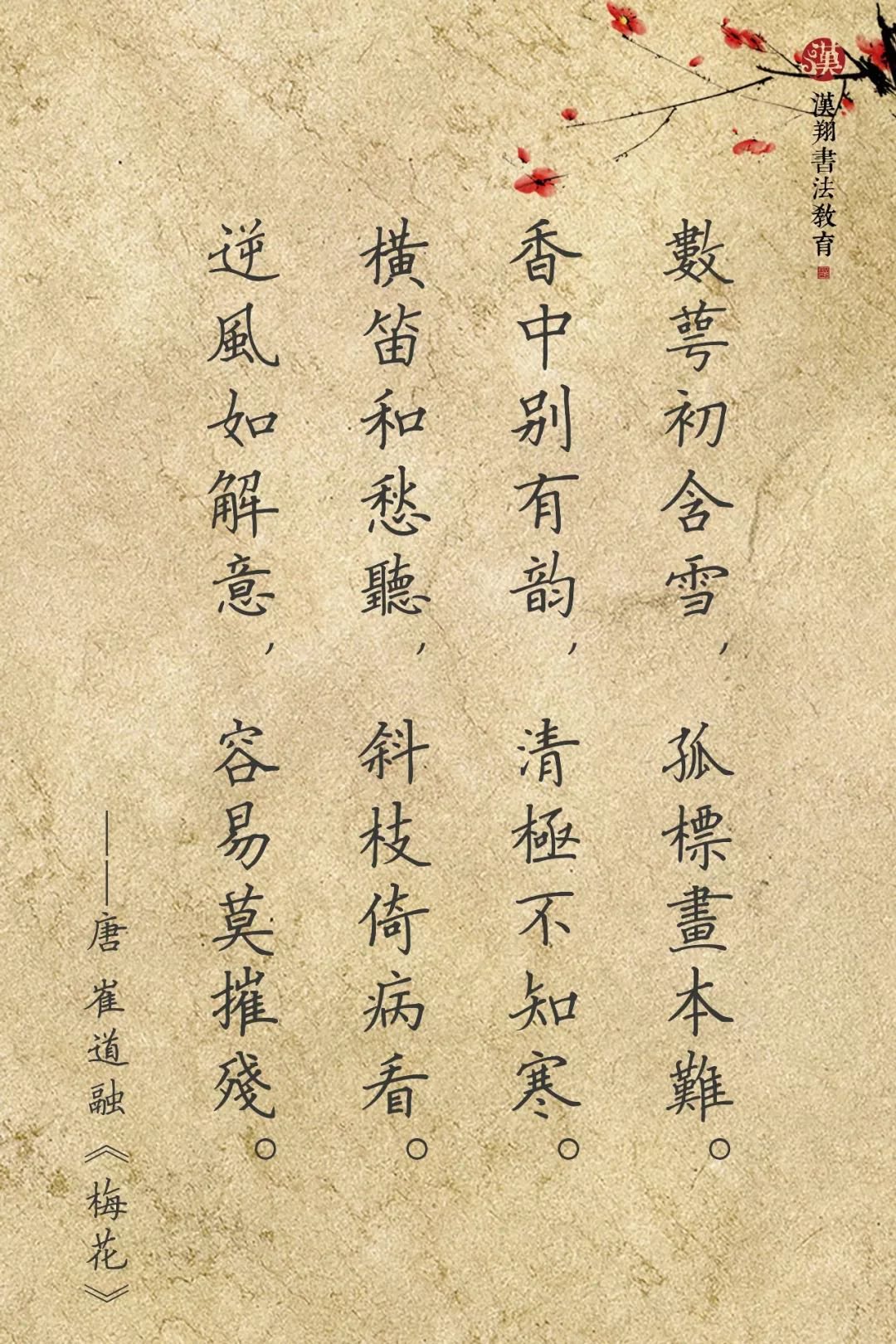
Hard pen practice
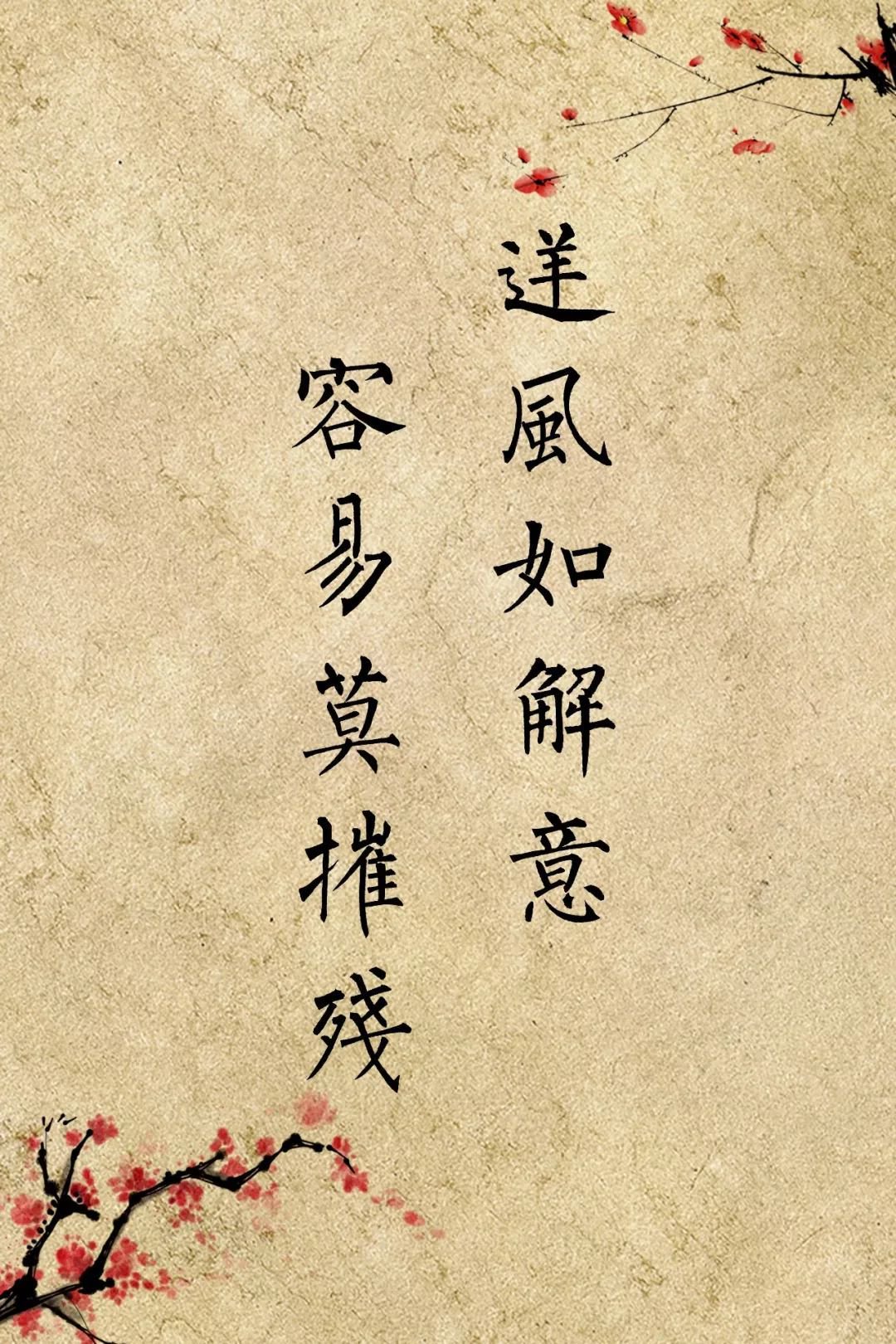
Collection of regular script calligraphy by Liu Gongquan
